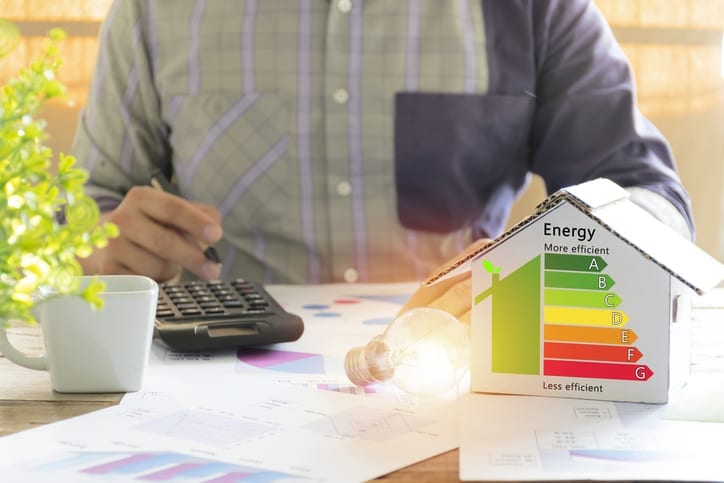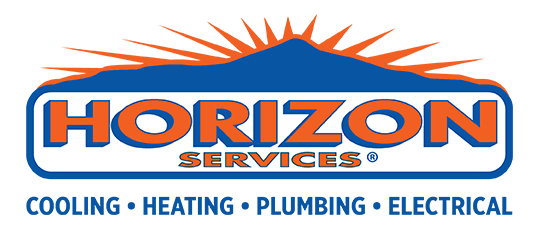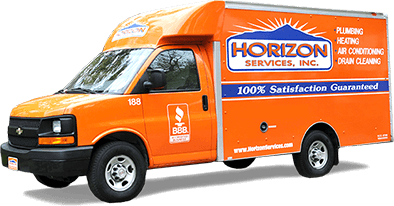
What You THINK You Know About Heating, Air Conditioning and Energy Efficiency May Be Costing You Money!
Today more than ever, everybody’s looking for ways to use energy more efficiently around the house and cut down on utility bills. But when it comes to heating, cooling and using home appliances, there are more myths, urban legends, and old-wives-tales out there than you can shake a stick at. In fact, some of the more popular myths that you may think are saving you energy and money are actually doing the opposite.
The time has come to set the energy-efficiency record straight. Here are the facts on some of the most common home energy myths, fallacies and outright falsehoods:
MYTH: Closing off vents and registers will reduce your heating bill.
False. If you have a modern forced air heating system, the pressure load is balanced throughout the house. Blocking the vent will impact how the system inhales and exhales air; it can throw the system out of balance, causing it to have to work harder or possibly break down.
Also the most energy efficient practice you can do is to have heat evenly distributed throughout the house. Blocking vents in certain rooms will make those rooms colder. Because heat moves from greater concentrations to lesser concentrations, these colder rooms will draw heat from other rooms in the house, making the whole house feel colder and causing you to raise the thermostat.
MYTH: Fiberglas insulation alone keeps cold air out of your home.
Fiberglas actually does a better job at keeping heat in than keeping cold out. If you have cracks, air leaks and drafts anywhere in your house, the cold air will seep in no matter how much insulation you have. Air sealing is the most important thing you can do to plug these holes and gaps and keep the chill from creeping in.
MYTH: Leaving a ceiling fan on will cool a room…even when you’re not there.
Fans cool your skin, not the air; they do not lower room temperature. A fan works by circulating the air in a space; when the air moves across the skin, we feel cooler even though the air temperature in the room remains the same. If a fan runs in a room when no one is there, no one is feeling its benefits. So it’s just wasting electricity.
MYTH: Buying an energy efficient furnace or air-conditioner will automatically reduce my energy bill.
Not necessarily true. Even the highest efficiency-rated heaters and air conditioners can cost you more money to operate if they are improperly sized or installed. According to the Department of Energy, shoddy installation and improper sized equipment can waste as much as one-third of your energy consumption.
MYTH: Duct tape is good for sealing ducts.
Duct tapes has many great uses. But despite the name, it actually does a pretty lousy job at sealing ducts. It doesn’t work well in dirty or dusty conditions…and you can’t get dirtier or dustier than an air duct. Also, the tape tends to fall off as it ages and the adhesive dries out. Mastic tape sticks, seals and insulates much better.
MYTH: The higher you set your thermostat, the faster your furnace will heat up your house.
False. Furnaces deliver heat at the same rate no matter how high the thermostat is set. If you set your thermostat at the desired temperature, it will reach that point just as quickly as if you set it higher. And since you’ll probably end up having to move the temperature down a few degrees anyway, you’ll probably wind up using more energy than you intended in the long run.
The same applies to air conditioning. Setting your AC at full-blast will not make it reach a comfortable temperature any faster. It’s just going to make the room colder and make your system work harder.
MYTH: There’s no benefit in adjusting your thermostat when you don’t need heating or cooling…such as at night or when nobody’s home.
Research shows that the longer your house stays at a reduced temperature when heating or at an increased temperature when cooling, the more energy and money you will save. This is because heating and cooling cost depends mostly on the difference between indoor and outdoor temperature. When you adjust the temperature down in the winter or up in the summer, you simply reduce this temperature difference. In fact, setting your temperature back 10 or more degrees for 8 hours while you sleep or go to work can reduce your energy bill by 5-15%. A programmable thermostat can adjust temperatures automatically for you.
MYTH: Leaving lights, computers and appliances on uses less energy than turning them off and on repeatedly.
This may have been true of computers 20 or more years ago when they were massive energy hogs and prone to energy surge damage and wear & tear. But today’s computers are much more durable and use a lot less energy. The small surge in energy created when any electrical product is turned on is much smaller than the energy used by running the device when it’s not needed. Rule of thumb: any time you can turn a machine or light off, it will save energy.
MYTH: It requires less energy to boil water if you fill your pot with hot water from the tap.
Totally bogus. It takes the same amount of energy to reach the boiling point whether you use hot or cold water. If you use hot water, you’ve already paid to heat the water in your water heater; you may have a headstart of a few degrees, but you’ve already paid for that headstart.
MYTH: A dripping faucet is not all that significant.
Really? Put a bucket underneath and see how quickly those drips add up. A single dripping faucet can add up to 300 or more gallons of water per month. That’s a big chunk of your water bill.
MYTH: Showering uses less energy and water than taking a bath.
This one is true! Taking a 10-minute shower with a low-flow (2.5 gallons per minute) shower head uses 25 gallons of water. A typical bath takes 30-50 gallons. There are high-quality hower heads that use 1.5 gallons per minute or less for even more water and energy efficiency.
MYTH: Energy efficiency increases the initial cost of a home.
Not necessarily. There is little if any correlation between energy efficiency and a home’s purchase price. In some instances, efficiency can even reduce the initial cost when smaller highly-efficient heating and cooling systems are installed. Smaller, high efficiency units generate as much heating or cooling benefits as large, inefficient ones.
MYTH: Energy efficiency doesn’t appeal to home buyers and doesn’t enhance a home’s future sales price of the home.
Not according to the National Association of Home Builders who is actively supporting programs such as the use of ENERGY STAR heaters, air conditioners and appliances, as well as its own Green Building Guidelines. A 2008 NAHB study shows that 51 percent of homebuyers are willing to pay up to $11,000 more if energy costs are reduced by just $1,000 annually.


